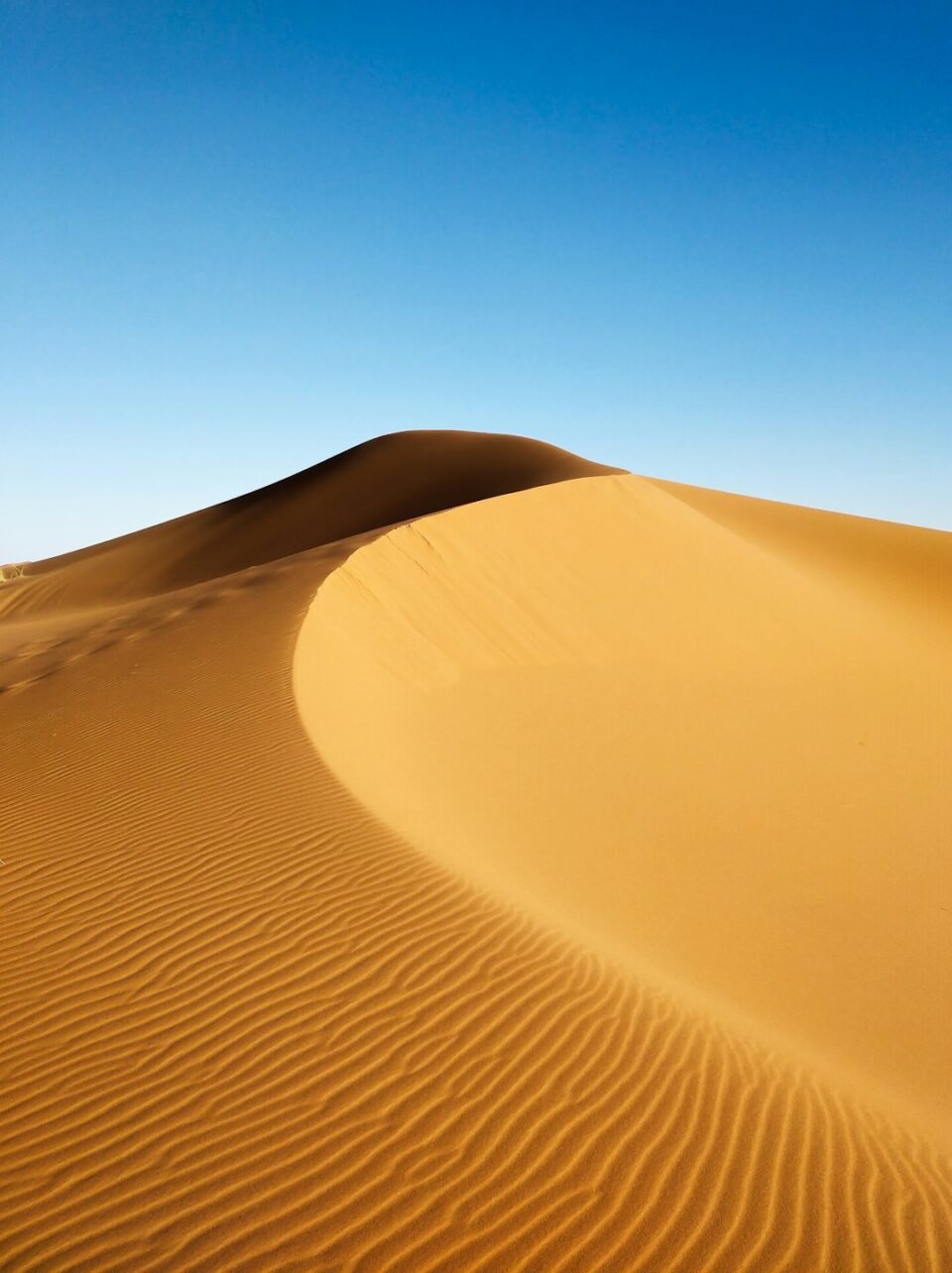Building a campfire is a quintessential outdoor activity that brings people together, warms bodies on chilly nights, and creates a cozy atmosphere in the wilderness. However, building a campfire comes with great responsibility to ensure the safety of both humans and the environment. In this blog post, we will discuss how to build a campfire safely and responsibly to minimize the risk of accidents and protect the surrounding ecosystem.
Before you start building a campfire, it is essential to check if campfires are allowed in the area you are camping. Some regions have fire restrictions or bans in place due to dry conditions, high fire danger, or specific regulations, so it is crucial to follow the rules and guidelines set by local authorities. If campfires are permitted, choose a designated fire ring or pit where fires are allowed to minimize the impact on the environment and reduce the risk of spreading flames.
Once you have identified a suitable spot for your campfire, clear the area of any flammable materials such as dry leaves, twigs, or grass to create a safe zone around the fire. Keep a bucket of water, a shovel, and a fire extinguisher nearby to quickly extinguish the fire in case of an emergency. It is also a good idea to have a first aid kit on hand in case of burns or other injuries.
When building a campfire, follow the Leave No Trace principles to minimize your impact on the environment and leave the campsite as you found it. Use only small branches, sticks, and logs that are no larger than your wrist to prevent the fire from growing too large or too hot. Avoid using wood from standing or dead trees, as they provide important habitat for wildlife and contribute to the ecosystem’s health.
To build a campfire safely, start by creating a small pile of tinder in the center of the fire ring. Tinder can be made from dry leaves, pine needles, bark, or paper and helps ignite the fire quickly. Add kindling – small sticks or twigs – in a teepee or lean-to formation around the tinder to allow airflow and promote combustion. Once the fire is established, gradually add larger logs to keep the flames burning steadily.
When lighting a campfire, use matches or a lighter to ignite the tinder from the base of the pile, rather than from the top, to ensure a successful ignition. Avoid using gasoline, lighter fluid, or other accelerants to start the fire, as they can cause flare-ups, produce toxic fumes, and pose a risk of injury. Instead, use natural fire-starting materials such as cotton balls soaked in petroleum jelly, magnesium fire starters, or commercial fire starters to ignite the fire safely.
Once the campfire is burning, maintain a safe distance from the flames and never leave the fire unattended. Keep a close eye on children and pets near the fire to prevent accidents and burns. Avoid throwing garbage, plastic, or other non-combustible materials into the fire, as they can release toxic chemicals and harm the environment. Use a long stick or poker to adjust the logs and keep the fire contained within the fire ring.
To extinguish a campfire safely, allow the wood to burn completely down to ash and embers before dousing the fire with water. Pour water over the fire, starting from the edges and working towards the center, to ensure that all embers are properly extinguished. Stir the ashes with a shovel to make sure that no hot spots remain, and continue adding water until the fire is completely out. Let the ashes cool before disposing of them in a designated fire pit or trash container.
By following these tips and guidelines, you can build a campfire safely and responsibly to enjoy the warmth and ambiance of a crackling fire without harming the environment or putting yourself and others at risk. Remember to always check local regulations, choose a suitable location for the fire, use the right materials, and practice good fire safety habits to make your camping trip a memorable and enjoyable experience for everyone. With proper planning and preparation, you can create lasting memories around the campfire while protecting nature for future generations to cherish.


